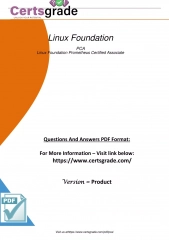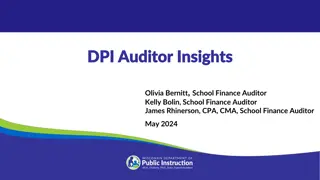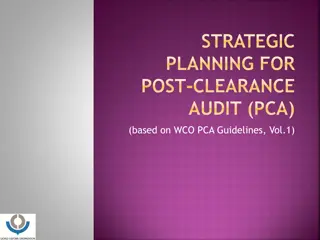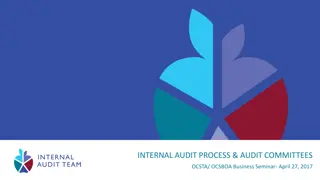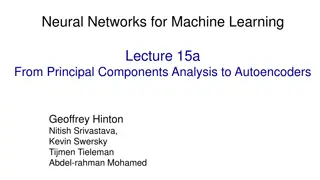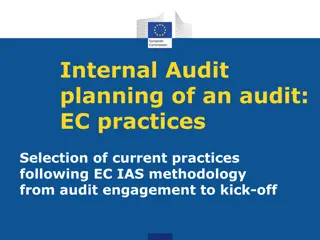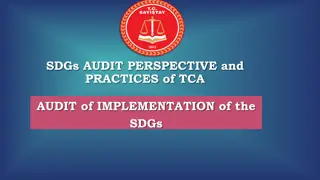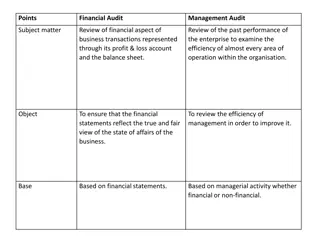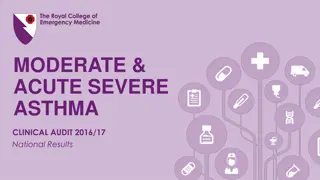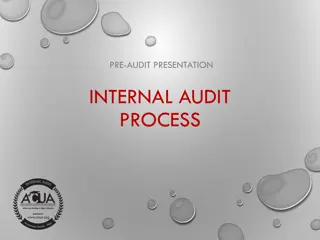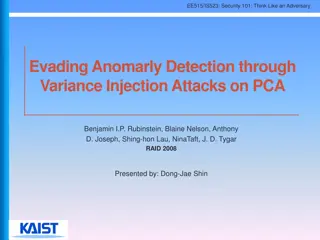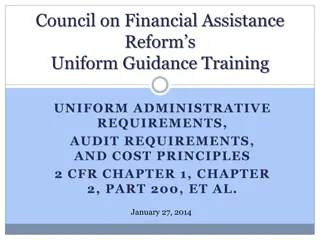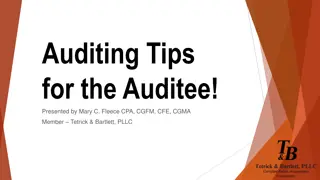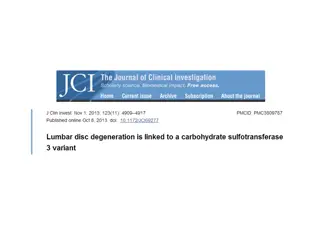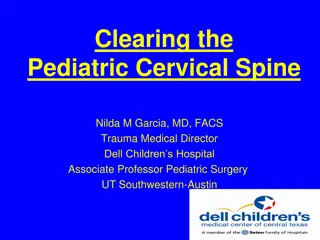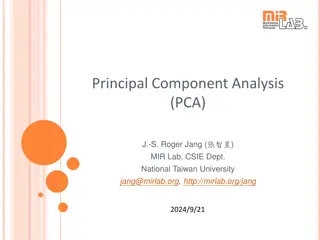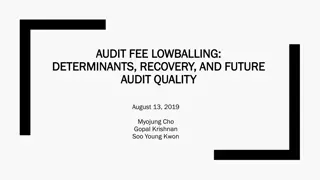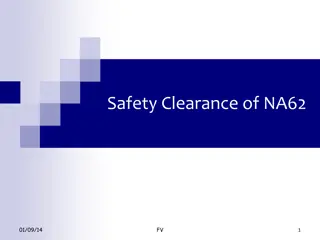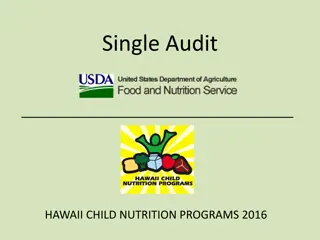Guidelines for Post-Clearance Audit (PCA) - Implementation Steps
Understanding the steps involved in the implementation of Post-Clearance Audit (PCA) is crucial for effective customs procedures. This guide outlines the process, from developing audit programs to conducting field audits and reporting. Selection processes, pre-audit research, and notification procedures are highlighted, emphasizing the importance of thorough examination and cooperative relationships. Follow these guidelines to enhance compliance and minimize errors in import declarations.
Download Presentation

Please find below an Image/Link to download the presentation.
The content on the website is provided AS IS for your information and personal use only. It may not be sold, licensed, or shared on other websites without obtaining consent from the author.If you encounter any issues during the download, it is possible that the publisher has removed the file from their server.
You are allowed to download the files provided on this website for personal or commercial use, subject to the condition that they are used lawfully. All files are the property of their respective owners.
The content on the website is provided AS IS for your information and personal use only. It may not be sold, licensed, or shared on other websites without obtaining consent from the author.
E N D
Presentation Transcript
1 GUIDELINES FOR POST-CLEARANCE AUDIT (PCA) VOLUME 2 WORLD CUSTOMS ORGANIZATION
IMPLEMENTATION OF PCA 2 The PCA process as outlined in these guidelines consists of the following steps: Development of audit programs and standardized audit procedures Identification of potential subjects for audit Selection process Planning the audit Conduct of the field audit Conclusion of the audit/Reporting Evaluation and follow-up 1. 2. 3. 4. 5. 6. 7.
Selection process (I) 3 Profile of importers / Trade data e.g. Company structure Business partners (suppliers, agents, customers etc.) Method of payment, etc. Volume of importations Amount of duties paid Country of Origin of imported goods Ports of loading
Selection process (II) 4 Past records of the auditee e.g. Audit records Customs entry errors Offence records Tax, VAT compliance information, if available Related information/Intelligence
Pre-audit research 5 Pre-audit research is a preliminary examination which serves two main purposes: to focus on specific risk areas of an auditee's systems and import declarations, through analysis of available data; and to draft an audit plan that includes the audit objectives, scope, methodologies and assignment of auditor/team members.
Notification of audit 6 The auditee should be advised of the following: The general procedure for the visit and its objectives Details of the documentation to be made available (specifying the period to be examined, if known) Names of personnel who will carry out the audit Facilities to be made available for the auditor/s (e.g. adequate working area)
Conduct Of The Field Audit 7 Third-party Physical inspection/control audit (if necessary) (if necessary)
Basic guidelines 8 Foster a cooperative relationship Auditors should positively guide the auditee regarding declaration errors caused by a lack of understanding of laws and regulations Auditors must refrain from revealing their provisional impressions to the auditee during the course of the audit Maintain a professional and courteous attitude towards the auditee
Verification of the Customs value 9 Price negotiations and discounts Terms of Sale Payment terms Additional terms Separate payments
Evaluation and follow-up 10 Customs administrations should develop a mechanism to assess and evaluate the success of the PCA program. This may include: An improvement of compliance levels Additional revenue collected Number of investigation referrals Cost/benefit analysis
Irregularities etc. 11 Irregularity means the breach of laws and regulations, regardless of its cause, such as deliberate intention (fraud), negligence, or simple mistake (error) Fraud means the wilful intent of a taxpayer to evade a tax Negligence means a lack of due care or failure to do what a reasonable and ordinarily prudent person would do under the given circumstances Error means a mistake in a Customs declaration.


